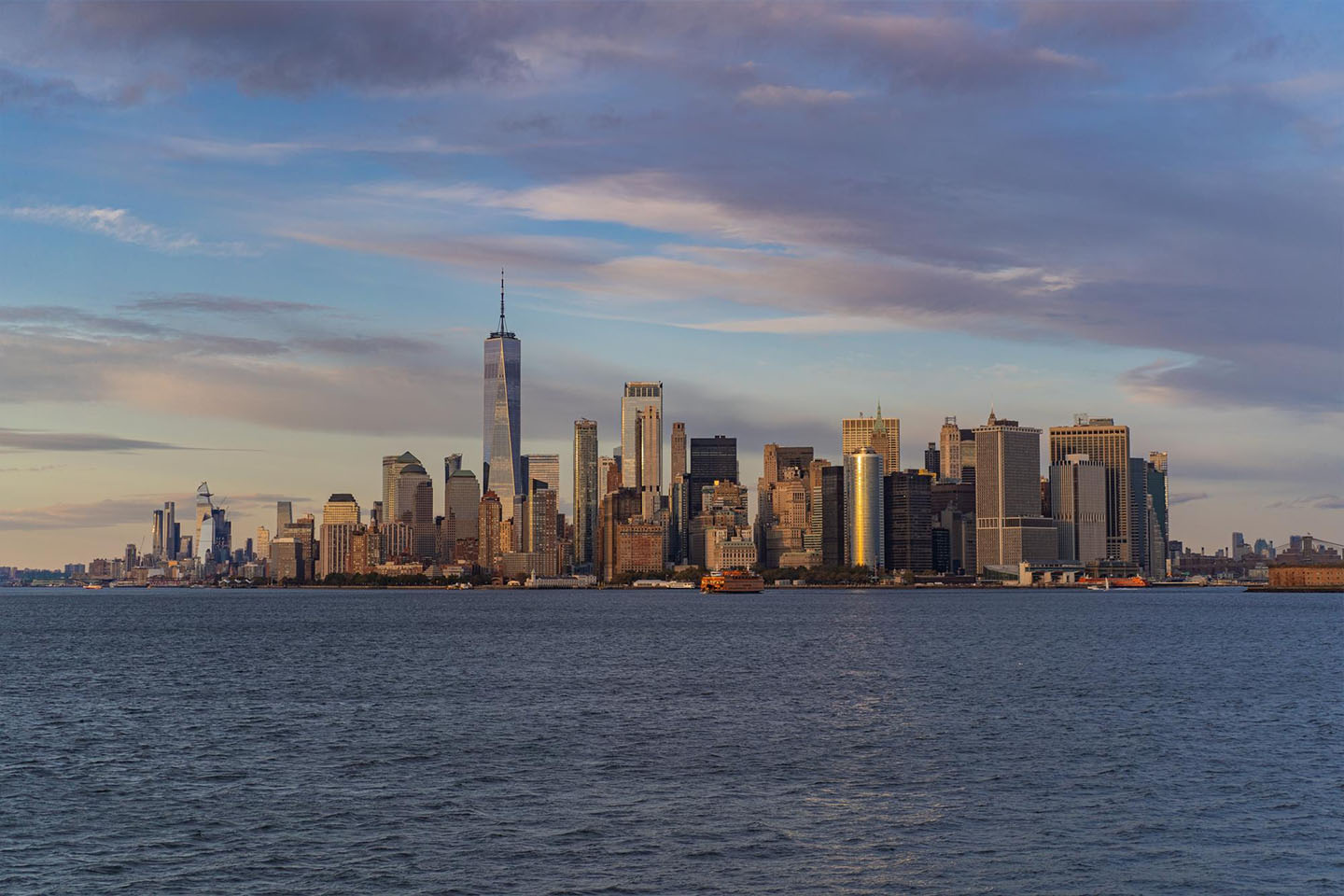- Approved by Punjab Government License No. MA-1(6)/427
Have Any Questions?
+91-8801188711
+91-8801188711

Being a diverse country, the United States is the safest place for students, particularly from India, and there is no need for any fear of racism. So in that sense, the US is a safe country for Indian students. If you have decided to study in the US, your choice of destination country needs no validation as the US is considered the best study abroad destination.
In 2016, Indians were the top-recipient of the high-skilled H-1B visas and were also the second-largest community of international students staying in US. The US government records claim that immigrants from India are better educated, more likely to have strong English language skills, arrive on employment-based visas, and are less likely to live below the poverty line than the overall immigrant population. Many Indians work in Science, Technology, Engineering, and Math (STEM) fields. Almost one-third of all Indian immigrants reside in just two states: California and New Jersey. More than one-quarter of all Indian immigrants live in three major metropolitan areas: New York, Chicago, and San Jose.
Those looking to pursue higher studies from abroad, generally prefer going to the USA. However, students are not aware of the appropriate application process for applying to universities in the USA. The application process will be the same for most of the universities, however, there must be a separate element for the application process for each of the universities. It varies between different study programs and levels.
Before applying students should know when to start the application process for US Universities? When are the deadlines? What are the intakes for US universities? When a student can go for studying there? These are some of the important things which students should know before applying to US universities. There are two main intake seasons of US universities fall and spring. Unlike India, universities in the USA follow a bi-semester system where an academic year is divided into two semesters. Students should decide which intake season they want to choose – fall or spring? Those students who are planning to go to pursue undergraduate or graduate level courses should know the timelines for September 2019 intake.
These vary between study programs and levels. For each course, Indian students will need to meet a minimum English language requirement. Along with that a minimum academic record of 65% and above for humanities stream in class XII, and 70 – 80% and above for Science/Commerce stream in class XII will also be required. Foundations and Diploma programs are available for students who have secured below 60%. The student should have completed 18 years of age before joining a degree program. (It is important to note that these numbers are just for reference purpose, the actual numbers may differ from university to university.)
On average, a student spends approximately $12,000–$15,000 per year. But the expenses also depend on the place where a student stays. If a student stays in a metropolitan city like New York, San Francisco, Chicago, etc. the expenses could go up to $18,000 in comparison to a student studying in the suburbs where the expenses would be around $10,000-$12,000 per year. Students looking to travel to the United States can also calculate the total.
The cost of living depends heavily on what part of the US will you be living in along with how much you will socialize. Some of the basic elements for living as an international student in the US are:
The tuition fee varies according to different universities, courses, and the city. The tuition expenses in the US might be up to $10,000-$30,000 per year for an undergraduate course. And if you are thinking of applying for a post-graduate course, the cost would be $15,000-$55,000 per year approximately. It’s important to note that the cost of a program in a US school does not necessarily affect its quality. It can vary from as low as $10,000 per year for state universities to as much as $50,000 per year for some private universities.
The following documents also need to be submitted:
The VISA Requirements for a US Student Visa include the following. If you want to attend a university or college in the US you will need a student visa called F1 visa. And requirements for a US Student Visa include:
Note: Additional documentation may be required. During the personal interview, additional documents may be requested by the interviewer. These may be documents to prove evidence of academic or financial status. These include:
Need A Consultation ? Call us today +91-8801188711 or email us : [email protected]

Copyright © 2025 JP Study Overseas. All rights reserved.